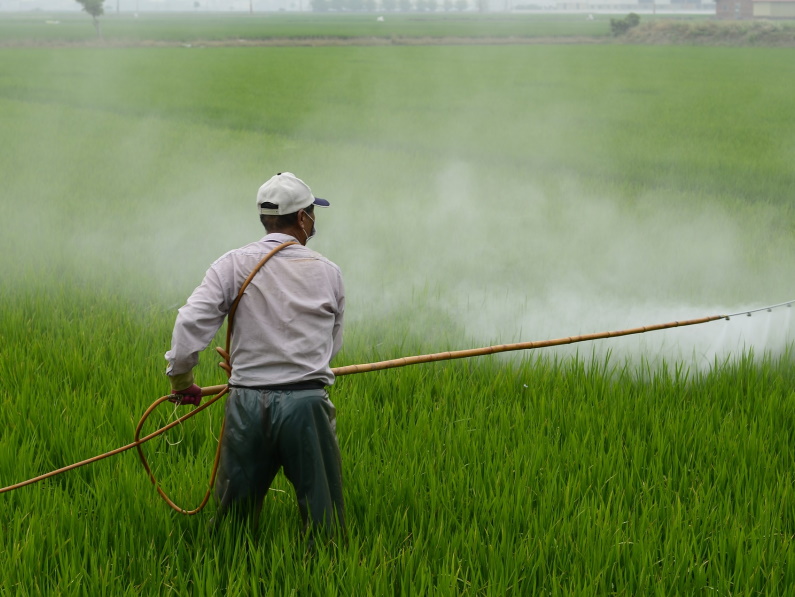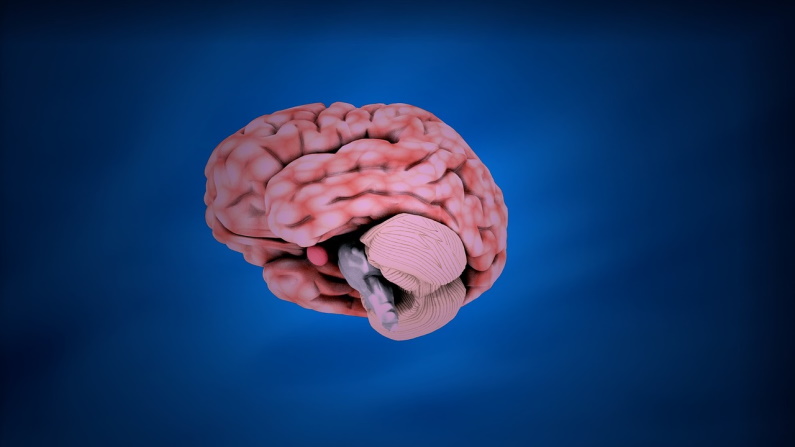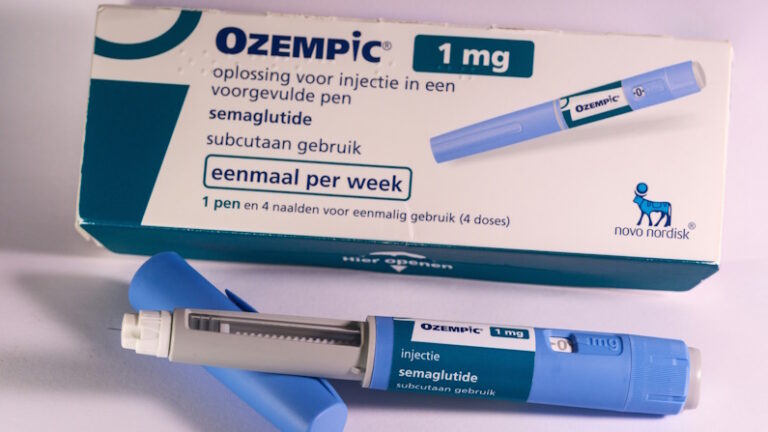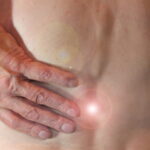Neurological conditions are the leading source of disability worldwide, and Parkinson’s disease currently takes the lead. In the past twenty years, the number of individuals with Parkinson’s has doubled. We’ve projected that in the next twenty years, this number will surpass a whopping 17 million. So it begs the question; as far as the state of Parkinson’s disease, are we in a pandemic?
Parkinson’s is a degenerative disorder of the central nervous system that occurs in 200,000 Americans per year. Ten million individuals currently suffer from it worldwide. The prevalence of this disability tends to increase with age, with 41 per 100,000 people having it in their 40s and 1,900 per 100,000 people having it in their 80s.
It used to be a rare disability, but with both demography and industrialization creating harmful byproducts, we may be in a state of uncontrolled proportions.

What Causes Parkinson’s Disease to Develop in the Body?
Nerve cell damage in the brain causes the levels of a chemical messenger called dopamine to drop. When an individual’s amount of dopamine is compromised, abnormal brain activity occurs. Although the root cause of the nerve cell damage is still unknown, researchers have found factors that correlate:
- Genetic mutations, which are generally rare unless many family members have Parkinson’s disease.
- Environmental triggers are perhaps one of the biggest factors that are controllable. Researchers have confirmed that exposure to toxins, especially herbicides and pesticides, may increase the risk of Parkinson’s disease.
- In general, young people do not experience Parkinson’s. Around age 60 is when individuals begin to experience clear symptoms.
- Although heredity plays a factor, the risk is generally small unless there are many family members who experience Parkinson’s.
- Lewy bodies, clusters of substances within the brain cells, are identified markers of the disease. Although we still have a lot of research to do on Lewy bodies, we’ve confirmed that their presence forms and increases when Parkinson’s disease is occurring. Alpha-synuclein, a natural protein found within the Lewy bodies, may offer a clue for researchers.
- Men are more likely to develop Parkinson’s disease than women.

The Symptoms and Stages of Parkinson’s Disease
Many times, Parkinson’s will start with tremors, imbalance, and loss of facial expressions. These symptoms gradually increase and worsen as the disease progresses.
As Parkinson’s Progresses
The following symptoms appear in the middle to late stages:
- Dementia
- Depression and anxiety
- Difficulty swallowing, drooling
- Sleeping problems
- Incontinence
- Pain and fatigue
- Sudden drops in blood pressure
How Can People Treat Parkinson’s Disease?
There is currently no cure for the disease, but there is a wide spectrum of available drugs to combat the symptoms. Neurologists most often diagnose Parkinson’s by medical history and symptoms. Sometimes, they’ll perform a dopamine transporter scan, called a DAT.
Doctors use Carbidopa-levodopa (Rytary and Sinemet) to diagnose Parkinson’s disease when it appears that patients feel improvement with their symptoms. Currently, patients take Levodopa as the most widely used drug, but there are a number of psychological and physical side effects.
Aerobic exercise and physical therapy can help, while a speech-language pathologist works on speech problems.
Deep brain stimulation (DBS) can reduce symptoms as well. This method often helps with advanced stage symptoms and can also help with fluctuating responses to medications.
Ways to Prevent Parkinson’s
Although researchers need more studies, scientists have found a correlation between green tea and caffeine intake and lowered risk of the disease.
Also, men with lowered uric acid levels have a lower incidence of Parkinson’s.
There are many studies that have shown that people who regularly take anti-inflammatory drugs have a lowered risk, and both reduced cholesterol Levels and higher vitamin D intake can also help.
Strangely enough, scientists have confirmed that nicotine lowers the risk of Parkinson’s.
Lastly, doctors associate aerobic exercise with a lower risk of contracting the disease as well.

The Current State of Parkinson’s
Parkinson’s disease is a neurological condition that gets progressively worse with time. Currently, there is no cure, and medications only attempt to alleviate symptoms and slow the progression down. While some people are more prone to the condition due to genetics, others develop it from environmental factors, natural age progression, and the increasing presence of Lewy Bodies (an ongoing area of research).
While there are many foundations dedicated to research for the cure, it’s prudent to note that neurological conditions are the leading source of disability in the world and Parkinson’s is becoming the most common of these. It begs the question, are we in a pandemic?
We generally define pandemic as a disease that passes from person to person and moving in a geographical direction. With Parkinson’s, the disease is moving slowly geographically, but more so because of social, economic, and political trends.
Due to environmental issues and the increase in lifespan, it just so happens that the impact of Parkinson’s is becoming more prevalent from the west to the east. People contract the disease around age 60, but because people are living longer, there’s an increase in the number of people that contract it. It seems like the use of pesticides plays a huge role in the increased risk as well. China has the largest amount of individuals suffering from Parkinson’s disease, due to industrialism.

Is There a Way to Stop the Pandemic?
Just like any pandemic, awareness is key. Similar to breast cancer, bringing awareness to the disease and inciting activism are key factors to slowing down a pandemic. It increases the likelihood that people will be more knowledgeable about environmental toxins and their role in Parkinson’s. And with more activism, scientists will feel more pressure to conduct more research and in a more efficient manner.
Currently, there’s not enough research for Parkinson’s, despite the foundations to support the disease, and despite the number of individuals suffering it from worldwide. Not only is there not enough research, there’s not enough funding for the research. The demand for Parkinson’s treatments and preventative care is exponentially higher than the supply of specialists. Researchers estimate that 40% of individuals do not receive care for their Parkinson’s and in developing countries, people don’t even know they have it. They enter a nursing home for hospice care once their symptoms become too debilitating.
The amount that we can do to decrease the progression of Parkinson’s is substantial. But it requires activism for more funding to conduct research. It requires people to recognize the prevalence of the disease worldwide, and it requires an acknowledgement that something must be done before we have a true pandemic on our hands.
For more information about the disease, visit https://drugsandwellness.com/drugs/what-you-need-to-know-about-parkinsons-disease/ and https://www.parkinson.org/understanding-parkinsons/what-is-parkinsons for support.







